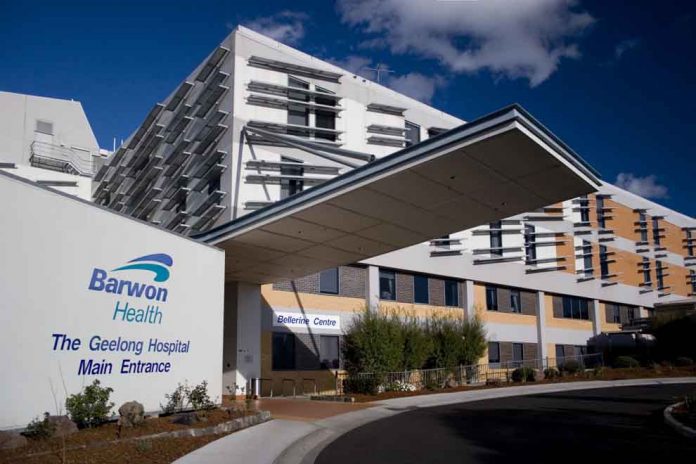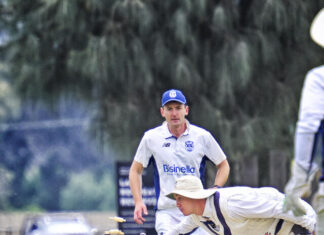Noel Murphy
DELAYS treating patients at Geelong hospital have been blamed on the previous state government’s budget cuts.
But the coalition, now in opposition, has blamed promises and funding shortfalls under the Andrews Labor Government.
Shadow health minister Mary Wooldridge said that in the first quarter of this year more emergency department patients, 5667, at the University Hospital Geelong were not treated within the expected time than anywhere else in regional Victoria, representing 39 per cent of all patients.
Citing Victorian Health Services Performance data, she said Geelong also had the highest number of people on the elective surgery waitlist compared to other regional hospitals.
A total 1157 people were on the elective surgery waitlist, waiting longer for surgery than previously, now generally around 26 days, Ms Wooldridge said.
Fifteen per cent of patients did not get their operation in expected times – in raw figures, 284 people “overdue for their much needed surgery”.
Ms Wooldridge said Premier Daniel Andrews had come to office “with big promises on health” but was “failing to live up to the expectations he created”.
“Labor’s recent budget didn’t provide the funds needed to improve growing hospital surgical waiting lists or emergency waiting times,” she said.
“It’s becoming clearer that Daniel Andrews has said one thing on health before the election and is doing another thing after.”
Health Minister Jill Hennessy hit back at the Opposition claims, saying the Government knew Victorians were waiting too long for treatment in emergency departments and on elective surgery waiting lists.
She said the data from the first quarter of this year was a result of cuts and under-investment in our health system over the last four years.
“That’s why in our first State Budget, we have invested an extra $1.38 billion for hospitals, ambulances and health programs, including a massive $60 million to tackle elective surgery waiting lists,” she said.
“We know that investing in the regions is crucial, particularly in health where rates of chronic illness are high and access is limited, and almost 40 per cent of the Government’s $200 million Hospital Beds Rescue Fund is going towards opening new beds in regional hospitals.
“Our massive investment in health in the recent State Budget will help University Hospital Geelong admit and treat more patients, sooner.
“Just to be clear, up until 30 June 2015, health service funding relates to last year’s Budget which was delivered by the former Liberal government.
“While the performance data being referred to relates to the start of this year, the Andrews Labor Government’s Budget was handed down in May and will flow from 1 July.
Peter Watson, deputy chief operating officer and executive director surgical services, said Barwon Health was one of Victoria’s largest health services and the Department of Health and Human Services compared it with metropolitan hospitals in relation to its performance.
“Barwon Health is amongst the busiest emergency departments in the State and I can assure our community its absolute priority focus is on treating the most urgent cases first,” he said.
“In very busy emergency departments, there is always room to improve time to treatment in the less urgent cases. Barwon Health is implementing several strategies to support this.
“In terms of elective surgery, in the past year Barwon Health has reduced its elective waiting list to the lowest levels in many years and in the very near future no patients will wait longer than the clinically recommended times for their elective surgery.”







